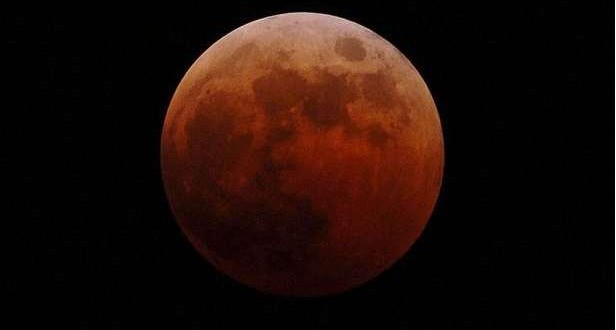Parts of the world saw a rare celestial event, the lunar eclipse, on Tuesday when the Earth’s shadow fell across the moon, turning it orange.
The lunar eclipse unfolded over three hours beginning at about 2 a.m. EDT, when the moon began moving into Earth’s shadow. A little more than an hour later, the moon could be seen eclipsed and bathed in an orange, red or brown glow.
In Los Angeles, the most impressive part began about 11 p.m. when the first “bite” was taken out of the moon. The moon was blotted out by 12:06 a.m. Tuesday, experts at the observatory said.
The last total lunar eclipse began the evening of Dec. 20, 2010, peaking at 12:17 a.m. Dec. 21, according to the observatory.
There will be other lunar eclipses soon, but the next two will peak at less convenient times in California: 3:54 a.m. Oct. 8 and 5 a.m. April 4, 2015.
But on Sept. 27, 2015, an early evening total eclipse will hit its peak at 7:47 p.m.
“We’ve got four in a row that we’re going to be seeing here in North America, which is pretty nice,” said Joe Sirard, an amateur astronomer who is also a National Weather Service meteorologist in Oxnard. “It doesn’t happen too often that we get to see that many in a row.”
Heven Renteria, 31, said he fell in love with the sky at age 6 while visiting the observatory with his mother. Gazing at the stars while overseas serving as a Marine brought him back to astronomy as a hobby.
Agencies/Canadajournal
 Canada Journal – News of the World Articles and videos to bring you the biggest Canadian news stories from across the country every day
Canada Journal – News of the World Articles and videos to bring you the biggest Canadian news stories from across the country every day



